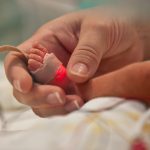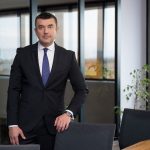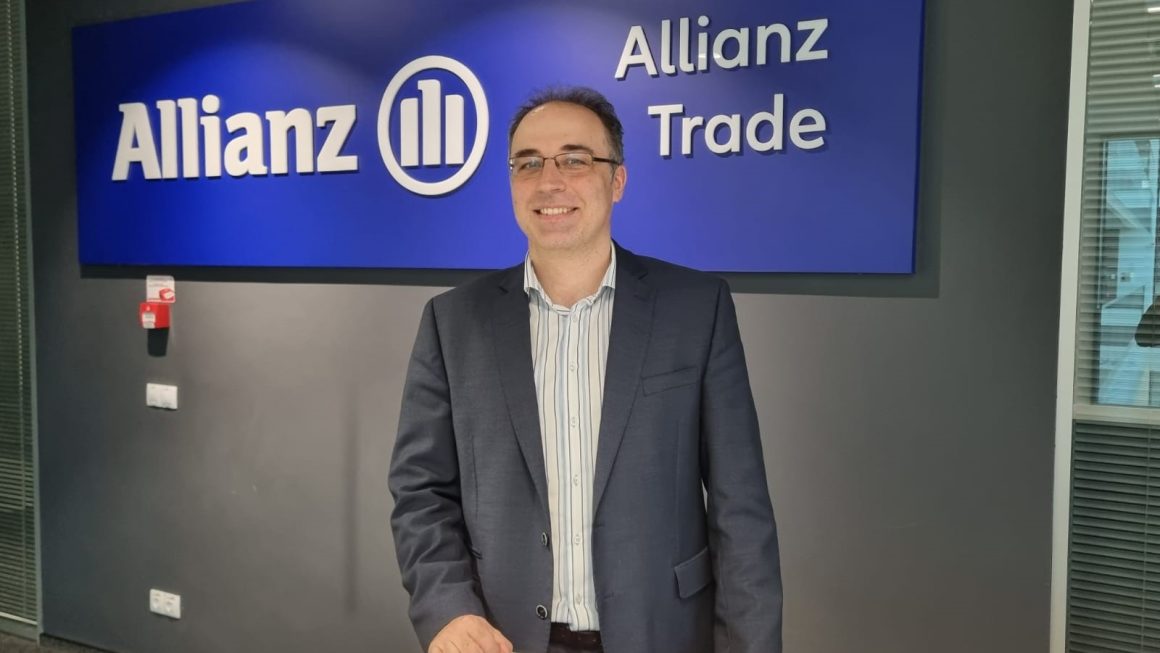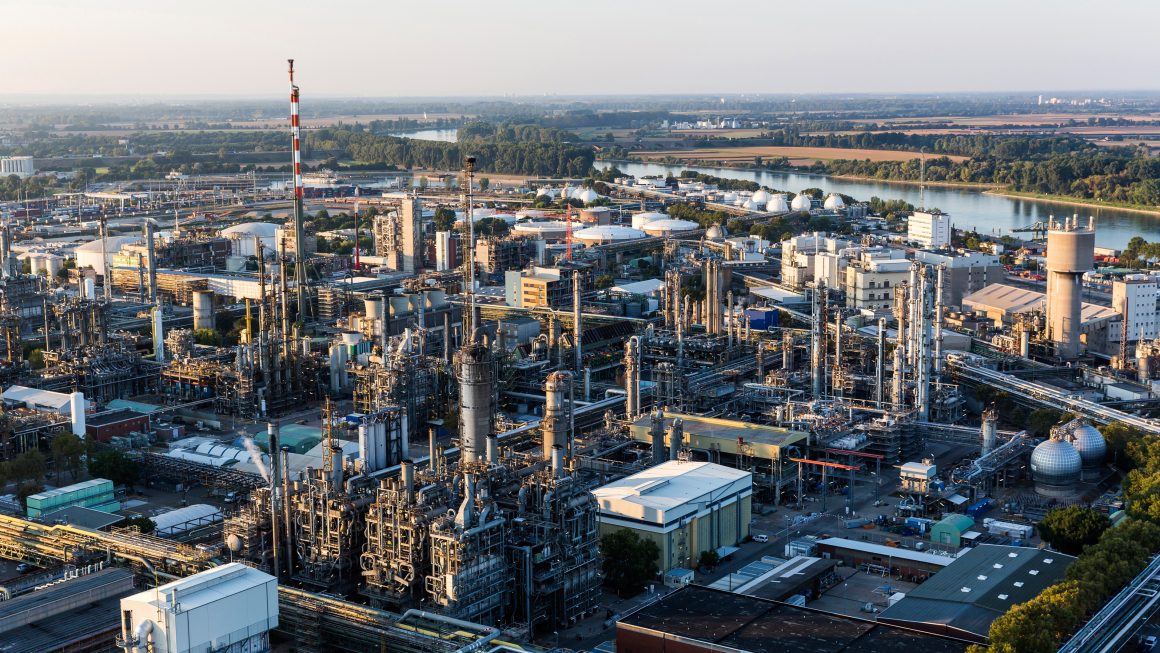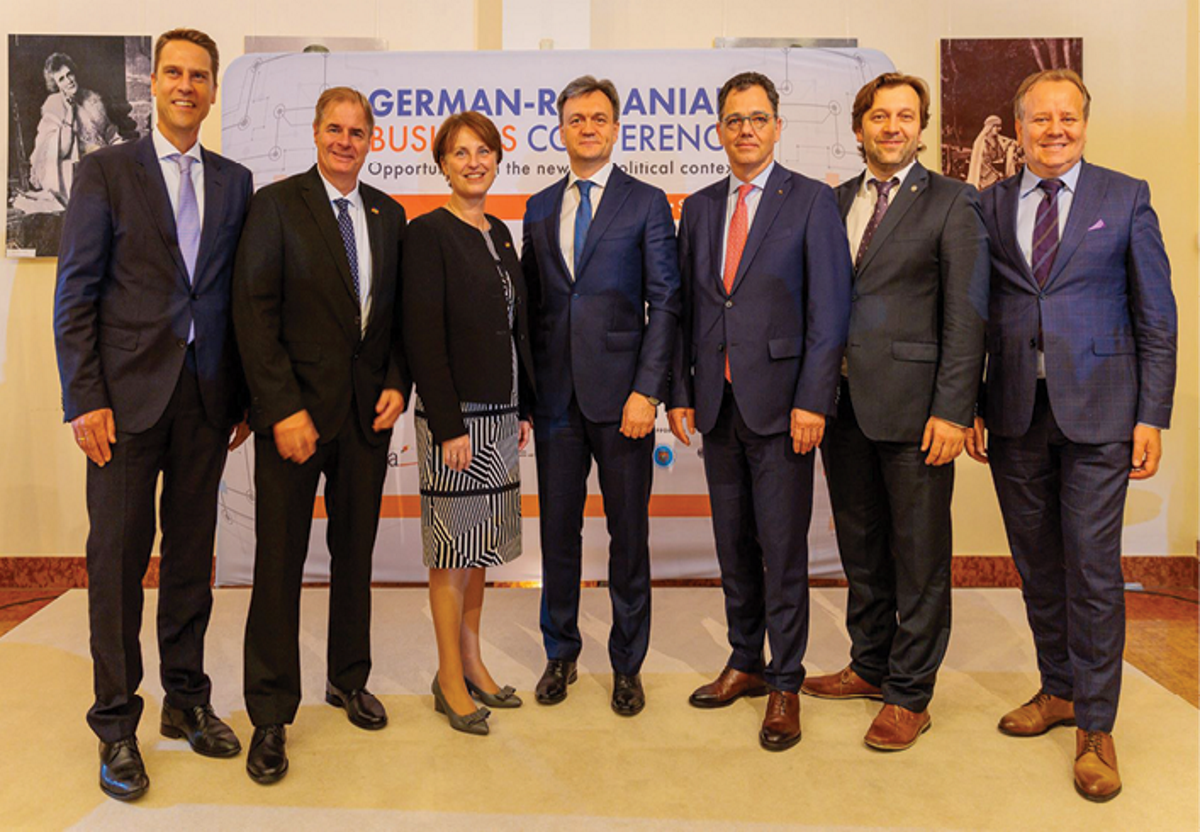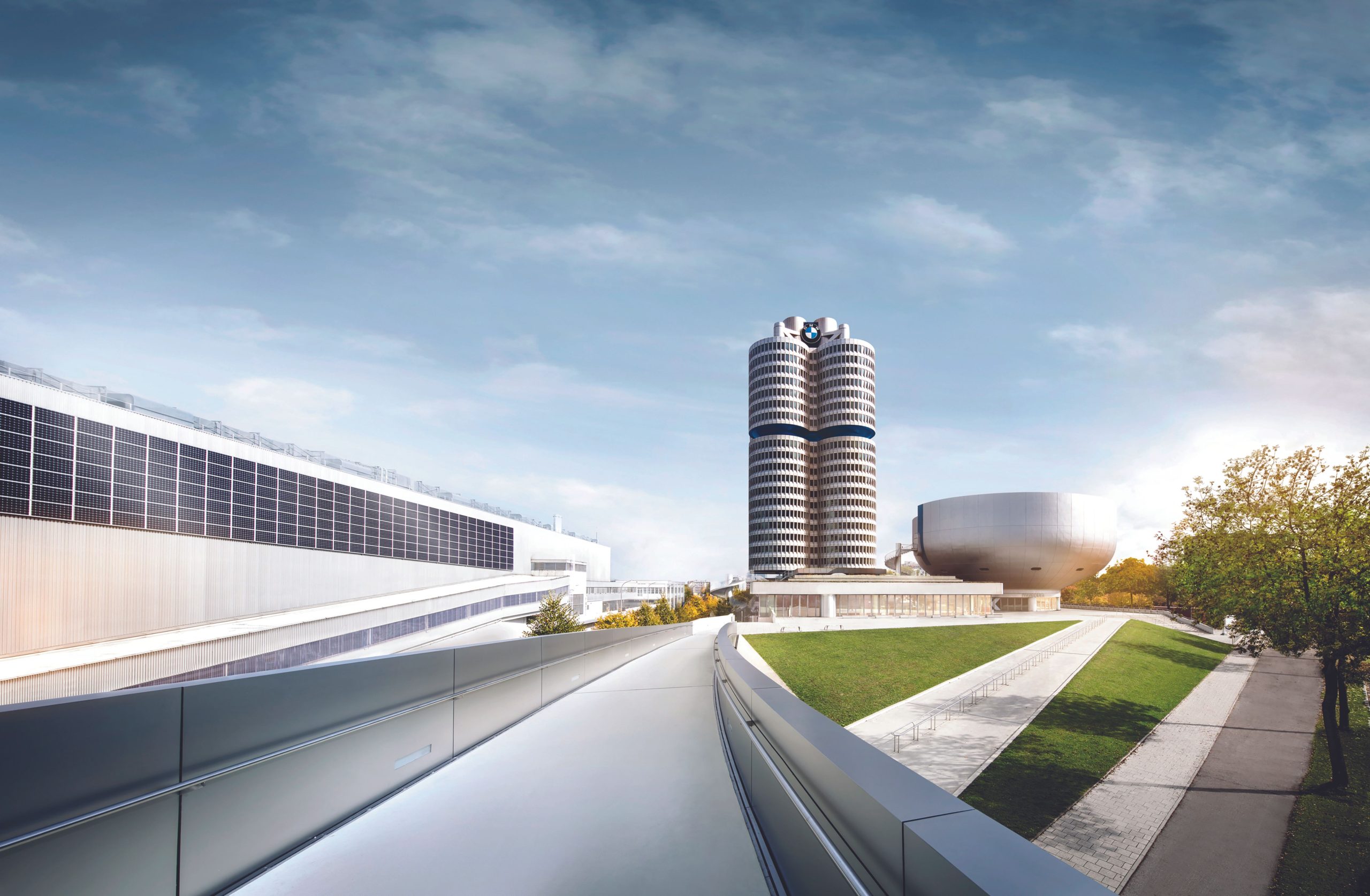
Sustainability in BMW vision
Few concrete, real steps I have seen. The BMW Group sees sustainable development and resource efficiency as core themes of the company strategic direction. In other words, the BMW Group is the first manufacturer to introduce sustainability criteria in its management evaluation. Not only the sales and profitability top management objectives matter, but also environment protection/sustainability has been added as a major objective.
The BMW Group set clear targets in 2020 for CO2 reduction by 2030. For the first time, the targets are extended to the entire life cycle: from the supply chain, through production, to the end of the use phase. The objective is to significantly reduce CO2 emissions per vehicle by at least one-third across the entire spectrum. For a fleet of about 2.5 million cars, such as the one produced by the BMW Group in 2019, this would correspond to a reduction of over 40 million tons of CO2 for the life cycle by 2030.
The targets assumed in 2020 are not part of a campaign that would make a good impression. The BMW Group has a long tradition in terms of sustainable development and environment protection. The company was the first carmaker that appointed an environmental officer early in 1973. The BMW Group has been listed every year for the past 10 years in FTSE4Good, one of the most important indexes for sustainable development. The company also had the most important place in the Carbon Disclosure Project 2011 – Global 500 Report and has been named Industry Leader in the Dow Jones Sustainability Index in the past seven years.
Production
The palpable step, the one that can be seen by everyone, is the zero-emission car. A first step in this process of reducing the carbon footprint is the electrification of the range; by 2030, at least 50% of the BMW Group models will be electric, and the total number of electric vehicles produced will reach 10 million. But not only that. And a first example comes from the area of logistics and supply of raw materials. Keeping this chain at 2019 level will lead to an average of 18 tons of CO2/car in 2030, from a surplus of 12 tons of CO2/vehicle in 2019.
BMW has been using green energy since 2013 at the Leipzig production plant, where the “i” models are produced. Power is supplied by four wind turbines with a rated power of 2.5 megawatts each – the turbines generated a combined total of 26.4 GWh exclusively from wind in 2019. Sustainability in the BMW production area takes incredibly various shapes.
Johann Wimmer – a former employee of the light metal foundry at the BMW Group plant in Landshut – set up five bee colonies on the northern edge of the factory. Each colony will raise up to 40,000 bees during the summer. The BMW Group plant in Landshut planted flowering shrubs around the hives and arranged a flower bed.
The southern part of the new BMW Brilliance Automotive (BBA) Battery Center in China offers a rather unusual view: on the back of the new state-of-the-art building is an area of about 13,000 square meters, where the BBA employees work in agriculture – a hazelnut plantation.
Another important point is the designing of new models by taking into account the fact that, at the end of the life cycle, that model will have to be recycled as much as possible, up to 100% if possible. And this process should be as easily as possible.
Batteries
It is no secret that the battery manufacturing process involves high CO2 emissions. About 40% of the CO2 emissions of an electric vehicle result from the production of batteries and the extraction of raw materials.
The BMW Group already opened a Competence Center for Battery Cells in Munich in 2019. All the experience and expertise gained in this Competence Center will be used in the pilot-plant to be built in Parsdorf, near Munich. The unit is to become operational by the end of 2022. The total volume of investments is about 110 million euro, and the plant workforce will be about 50 employees.
In 2020, the BMW Group signed a long-term contract worth 2 billion euro with the Swedish company Northvolt for supply of battery cells. The battery cells will be produced in Europe at the Giga-plant Northvolt, currently under construction in Skellefteå, northern Sweden (Northvolt Ett series plant), starting from 2024. Northvolt will use 100% of the necessary energy exclusively from wind and hydro energy.
Supply network
BMW Group Purchasing does not rely solely on the contractual obligations, a large number of additional measures are also implemented as part of a transparent process. A risk filter is used to assess the potential locations of suppliers around the world, just before the call for tenders. The next step is to request the potential suppliers to describe their sustainable development activities in a detailed questionnaire. The outsourcers also work with internal evaluators in this context.
Compliance with defined sustainable development requirements is a prerequisite for awarding a contract. Throughout the contract, the outsourcers work with internal evaluators to verify compliance with the sustainable development requirements through questionnaires and audits.
If any discrepancies arise during any of these steps, the BMW Group agrees with the suppliers on the appropriate measures. In this way, BMW Group Purchasing monitors thousands of locations every year.
The company has also established a procedure that can be used to anonymously report non-compliance with social or environmental standards.
Elimination of the infringements of human rights and environmental standards is a special challenge for the critical raw materials – for example, lithium and cobalt, both of which are key components in the manufacture of battery cells. Therefore, for both raw materials, BMW Group Purchasing has implemented additional measures to make sure that the extraction and processing of cobalt comply with the sustainable development standards and to avoid problems related to the work environment – for example, the child labor exploitation. Therefore, the company takes cobalt and lithium directly from mines and makes them available to the battery cell suppliers.
Raw materials
Aluminum / The BMW Group will start buying aluminum produced with solar energy. This marks an important step on the way toward the company’s goal of reducing CO2 emissions in its supply network by 20% by 2030. The use of recycled aluminum can reduce emissions by more than half, as compared to the use of primary aluminum. And if we speak about recycled aluminum produced with green energy, the carbon footprint is reduced almost 8 times.
Cobalt / With the “Cobalt for Development” pilot-project, the BMW Group, BASF SE, Samsung SDI and Samsung Electronics launched a cross-industry initiative that aims to improve the work environment of the people working at an artisanal cobalt mining site in the Democratic Republic of Congo (DR Congo). In 2020, the BMW Group signed a supply contract with the Moroccan mining company Managem Group, under which the BMW Group will cover about one-fifth of its need of cobalt for the fifth generation of electric rolling stock. The company will cover the remaining four-fifths of its needs from Australia.
Lithium / Being the lightest metal on Earth, the lithium is used in the manufacture of batteries, ceramics, glass and aluminum, among others. Lithium is also an essential raw material for the manufacture of lithium-ion batteries and plays a key role for the electric cars. Two-thirds of the world lithium reserves are in the Latin America. However, so far there has been a lack of scientific research on how the lithium mining impacts the region. The BMW Group intends to fill this gap with the study it has ordered. The results of this study are expected to be published in the middle of this year.
Copper / The BMW Group and the Chilean copper mining company Codelco have signed a cooperation agreement on sustainable and transparent supply of the copper. From metal extraction to automotive use, Codelco and the BMW Group will be the start and the end points in the copper supply chain and thus create the basis for new standards for the sustainable copper processing.
The BMW Group already makes public the countries of origin for the cobalt it uses. For the fifth generation of battery cells, the company has restructured its supply chains and, starting from 2020, it buys lithium and cobalt directly and makes these raw materials available to the two battery cell manufacturers, CATL and Samsung SDI. This ensures full transparency as concerns the origin of the raw materials. In addition, the BMW Group will stop using rare earths in its electric rolling stock starting with the fifth generation.
The German manufacturer also pays close attention to the transport in the logistics field. At present, the maritime transport accounts for 50% of the CO2 emissions of the BMW Group transport chain. Globally, almost 3% of total greenhouse gas emissions come from the marine transport, and the trend goes sharply upward. As part of “Getting to Zero Coalition”, the BMW Group now aims to achieve complete elimination of carbon emissions by using carbon-free fuels and new propulsion systems, as well as by optimizing the energy efficiency.
And I barely managed to summarize a bit of what sustainability means to the BMW Group.
Constantin Ciobanu
Share
Share







